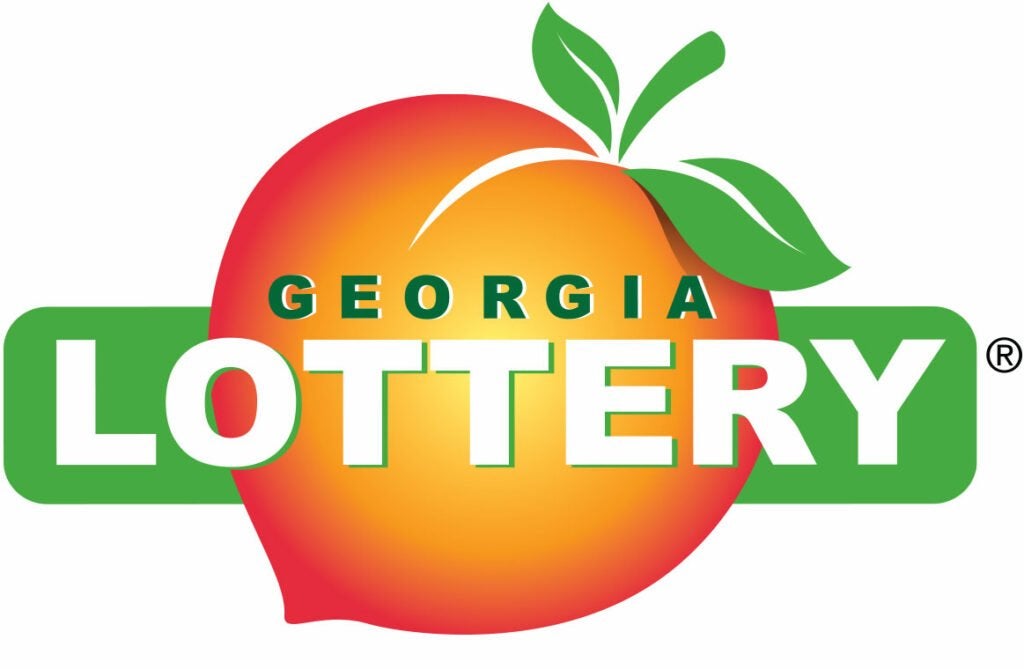There are flowers enough in the summertime,
More flowers than I can remember—
But none with the purple, gold, and red
That dye the flowers of September!
—Mary Howitt (1799-1888)
Red alert! Be on the lookout for Fall Army Worms in your lawns. They have been reported in every county in the CSRA. This link has a short article on “how to spot them” and “what to do about it”. https://hgic.clemson.edu/be-on-the-lookout-for-armyworms/
I was recently asked, “Who are Master Gardeners and what do they do?” The short answer is: in return for our training as Cooperative Extension Master Gardeners, we are charged with assisting the local Agricultural and Natural Resources Agent (county agent) in providing the public with straight forward, unbiased, research based and peer reviewed gardening information.
To that end, almost all the links which are included in these monthly columns will be to publications from the Cooperative Extension Services located in Land Grant Colleges and Universities in the southeast. This helps ensure that the information is not only timely and accurate, but geographically relevant. And, by the way, if you think that you might like to join in, contact your local county office and inquire about the next series of classes, Georgia Master Gardener Extension Volunteer Program (uga.edu)
It is September, the pivotal month between summer and fall, and things are beginning to change. Most of the blazing heat of summer has been left behind, Saturday and Sunday afternoons are filled with football games and gardeners everywhere are wondering if they really need to be doing much of anything. Well, the answer is a resounding yes! But first, a cautionary tale which may be of some assistance to you in the future.
This summer our home was subjected to a sudden and ongoing attack by an incredibly annoying pest known as the fungus gnat. These are the brown or black two-winged tiny insects commonly mistaken for fruit flies, drain flies, etc. (We made that mistake.) While adult flies are primarily a horrible nuisance, the larvae of the fungus gnat can wreak havoc on the root systems of house plants and if left untreated, can severely damage or even kill them.
I, no doubt, brought some of these awful pests into the house when I repotted some house plants with infested soil. When it finally dawned on us (after a couple of weeks of ineffective interventions) that these were indeed fungus gnats and not fruit flies, we consulted the Georgia Pest Management Manual for possible solutions (available from UGA Extension Publications) 2024-25 HOME AND GARDEN Georgia Pest Management Handbook (uga.edu)
The answer was there. Biological warfare! Specifically, a bacterial pathogen closely related to anthrax! But before you become too concerned, be reassured that this particular organism is completely harmless to anyone or anything other than a few “evil” insects. Bacillus thuringiensis also known as BT, is a bacterium which, when introduced into the soil, grows and produces a substance which attacks the larvae of several harmful insects, including fungus gnats.
Several commercially available preparations are available. Most are sold as mosquito control products which look like small granules. These granules contain the spores of the bacteria which develop in the soil of your plants. Sprinkle some of the granules onto the soil of all your house plants, water as usual and wait for about 2 -3 weeks. The results are dramatic, if not immediate. The life cycle of fungus gnats is about 14 days, so some patience is required, as the bacteria kills only the larvae and not the adult flies.
September is the beginning of an ideal period to plant new trees, shrubs or other perennial plants. The days are cooler, which reduces transplant shock, and the soil is still warm, so the roots have an opportunity to get growing in their new home before winter. If you have perennials that have outgrown their space or need rejuvenation, now is a good time to divide and transplant them. This helps ensure they stay healthy and vibrant. This link to a UGA Extension publication has some in depth information on working with perennials.
If you were enthusiastic enough last month to start some seeds of the cool season crops like lettuce, spinach, radishes, and turnips, they will probably be ready to transplant by the end of the month. I for one have several dozen ornamental cabbages started in my grow-light area and these will get transplanted in late October into window boxes and other containers for a bit of winter color. Or just pick up any of these at your local nursery, when the time comes. You can also start planting those fall and winter vegetables such as broccoli, cabbage, and cauliflower. Here’s how: Fall Vegetable Gardening (uga.edu)
Lawns are always a great topic of discussion and unfortunately also a source of a lot of misinformation. The primary reason is that we live in an area where several different types of grasses are used for lawns, and they do not all have the same cultural characteristics. In order to ensure that you are doing the right thing for your lawn, you need to know what you have.
If you are unsure of the type of grass or gasses, take a sample in a plastic bag to your local Extension office and they will be happy to identify it for you. The Home Garden Information Center at Clemson University has a great series of publications which are grass type specific. No matter which species you have, one of these will have you covered. Search results for “Lawn maintenance” | Home & Garden Information Center (clemson.edu)
Continue to monitor your plants’ water needs, especially if September is dry. Historically we only get a bit over 4 inches of rain in September. Adjust watering schedules as needed to keep plants healthy. Remember, container plants will almost always need more frequent waterings than plants in the ground.
Start cleaning up those garden beds. Remove spent plants and weeds from your garden beds. This helps prevent pests and diseases from overwintering in your garden, not to mention how much better they look!
Keep harvesting summer crops like tomatoes, peppers, and squash. Make sure to pick them regularly to encourage more production. Indeterminant tomatoes as well as peppers will continue to bear until stopped by cooler temperatures.
And one more time, if you haven’t had a soil test in the last two years, do it. Stop by your Extension office and they will be happy to give you all the sample bags you need as well as the simple directions. Different areas of your yard may very well have very different soil types so don’t settle for just one test.











